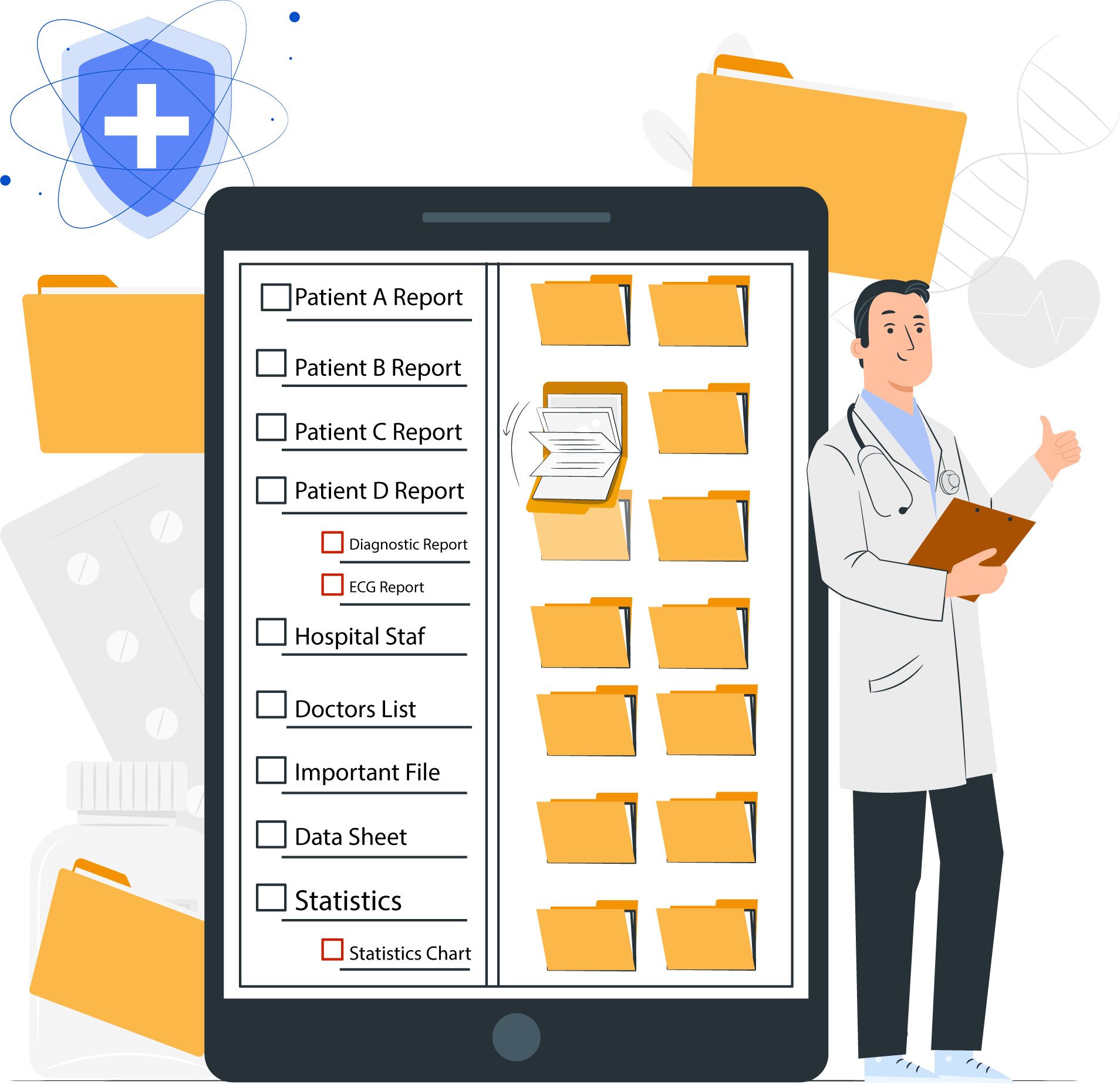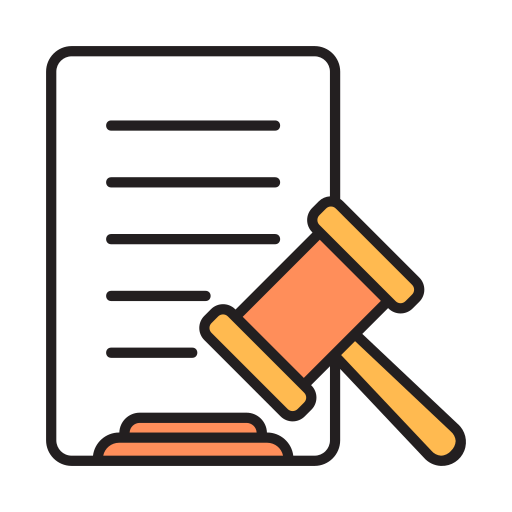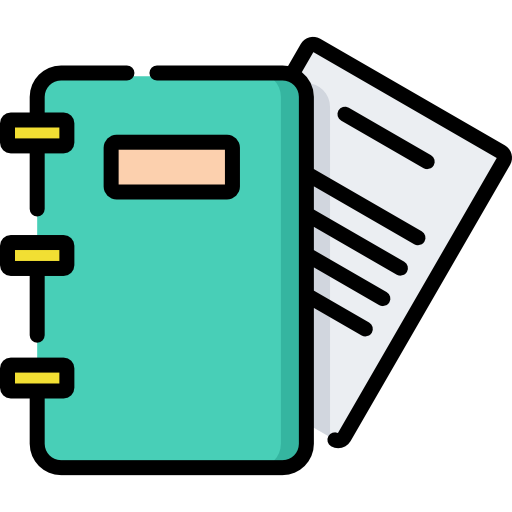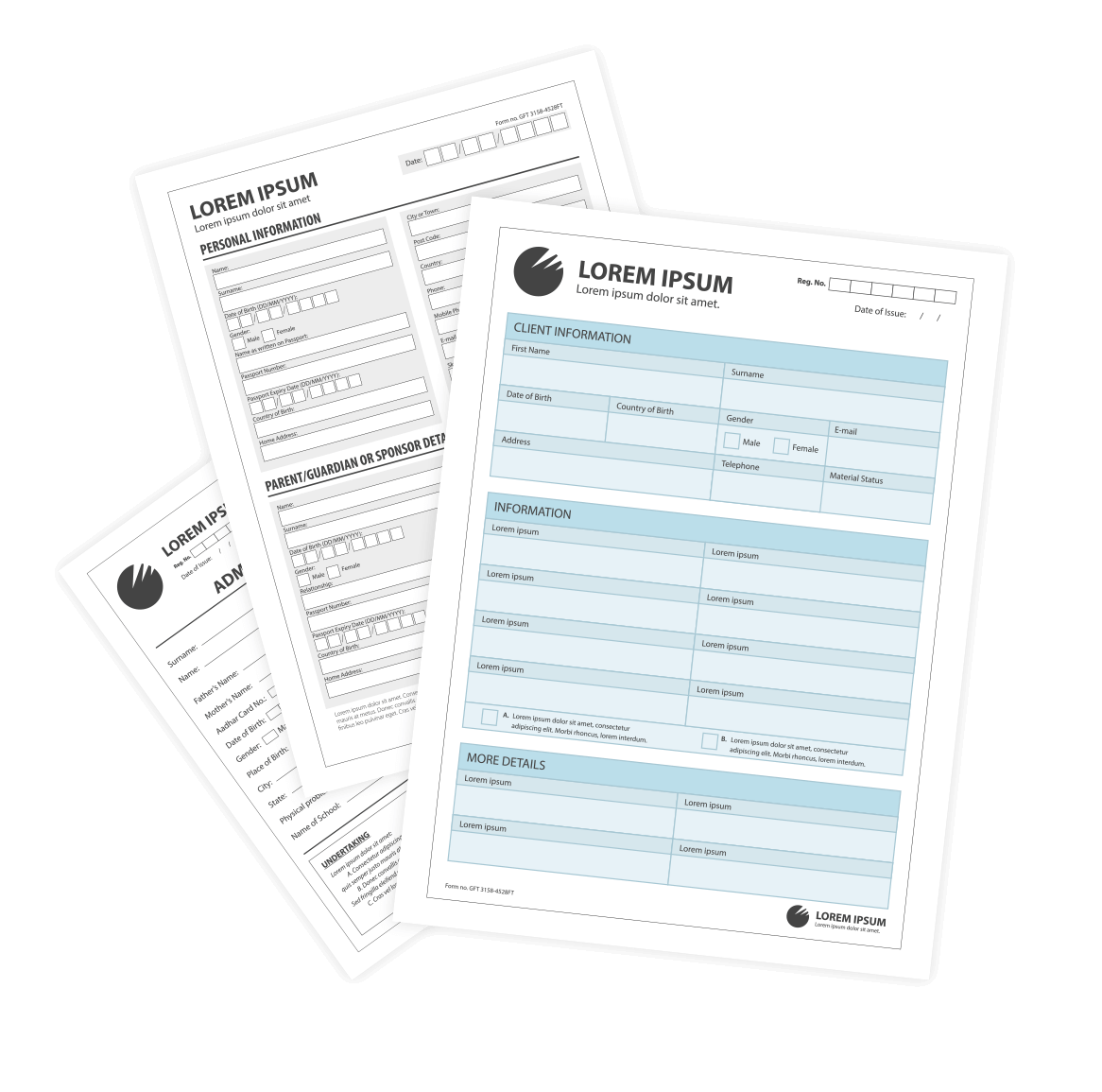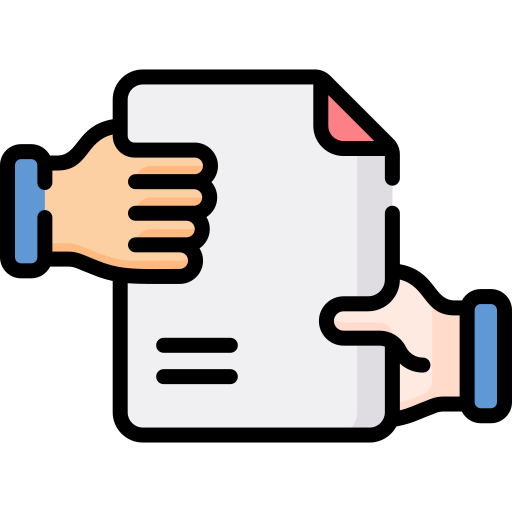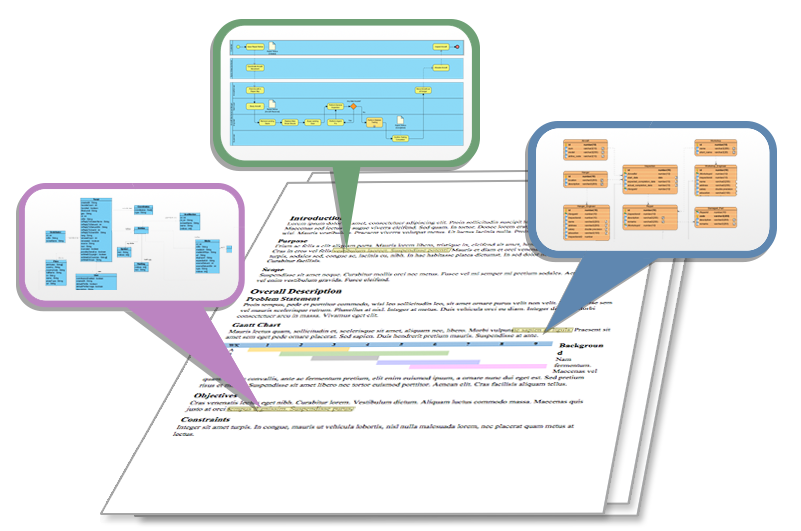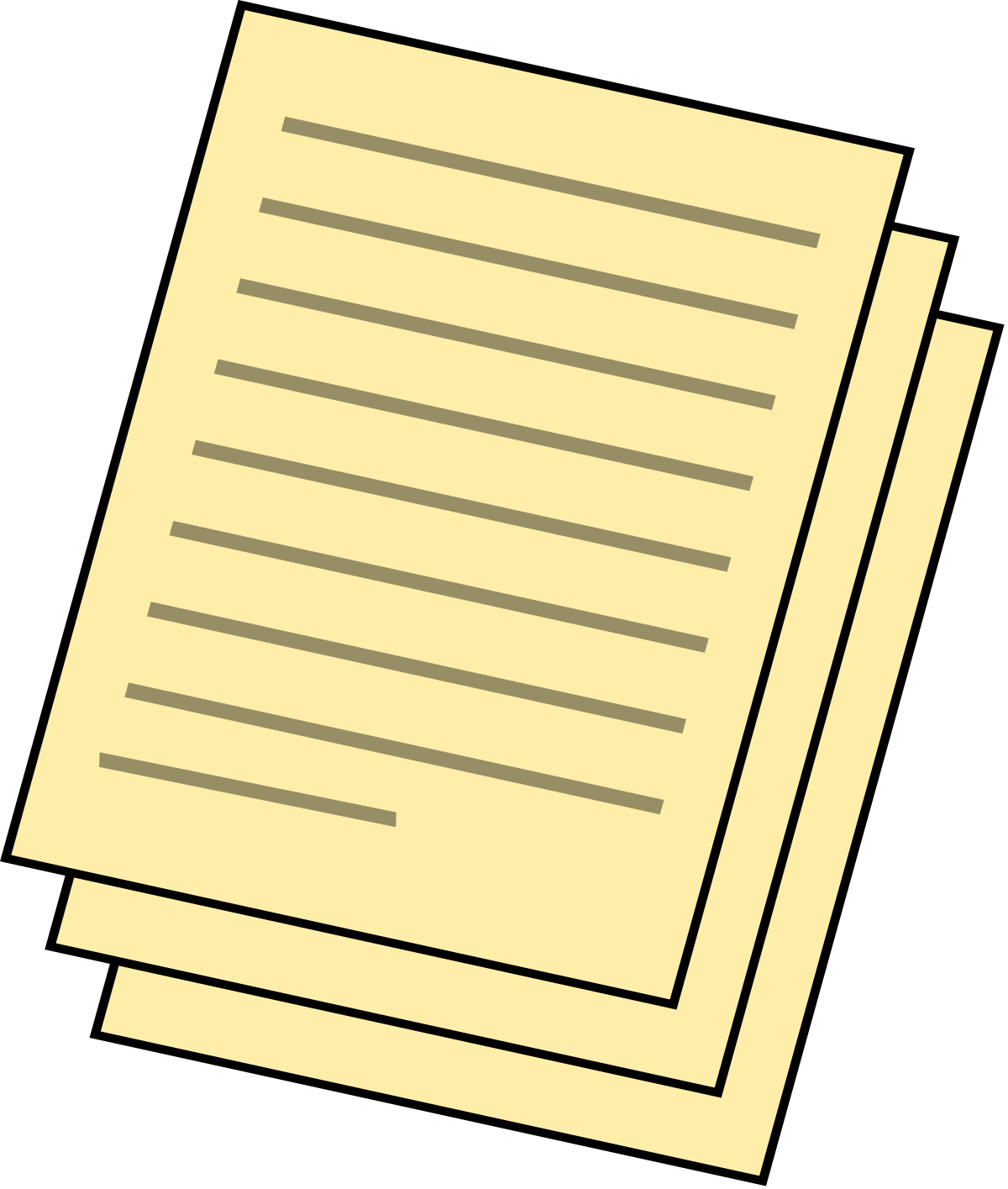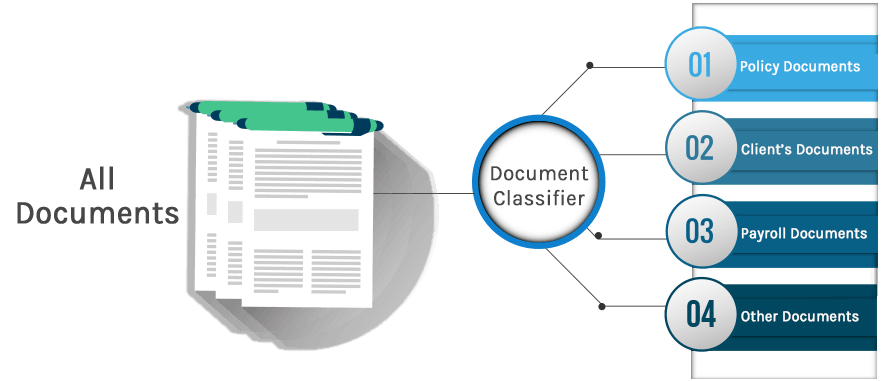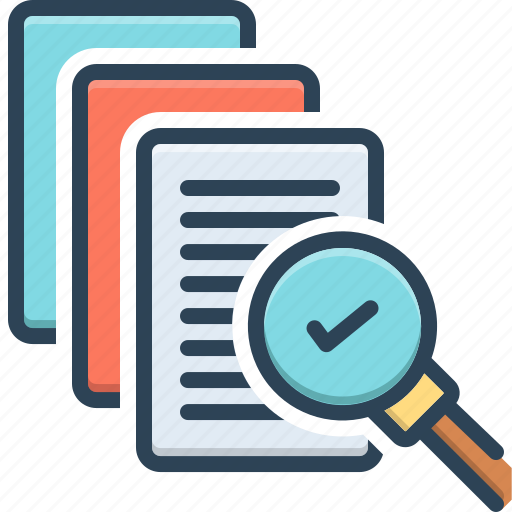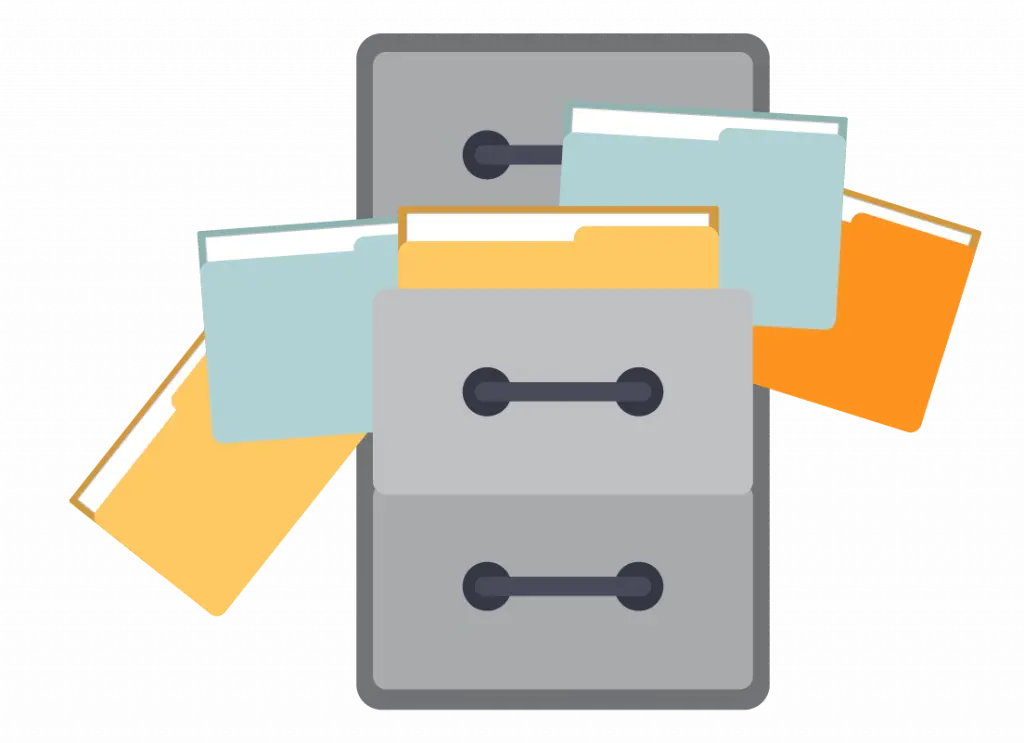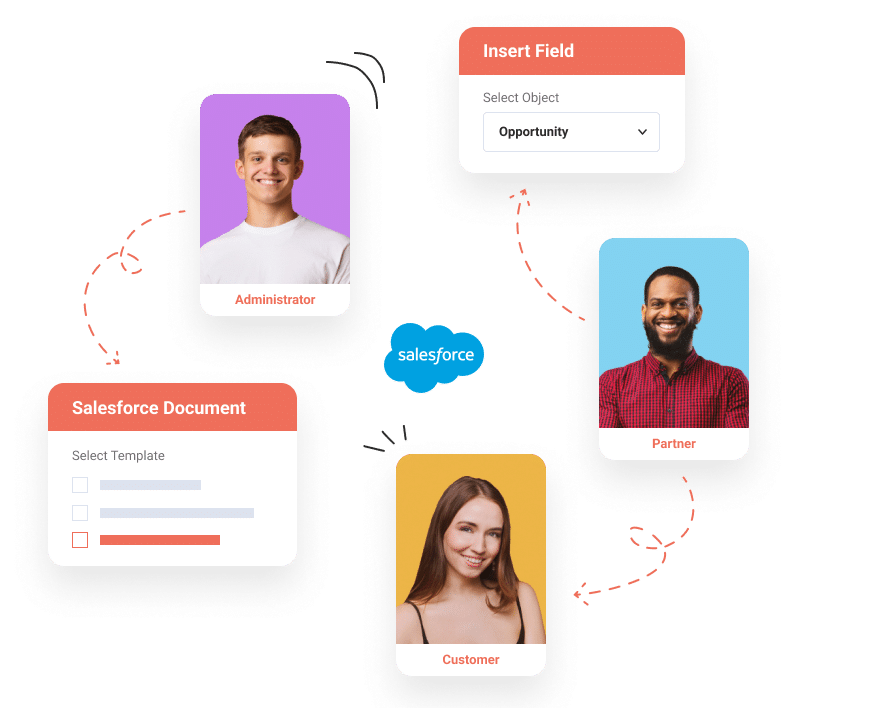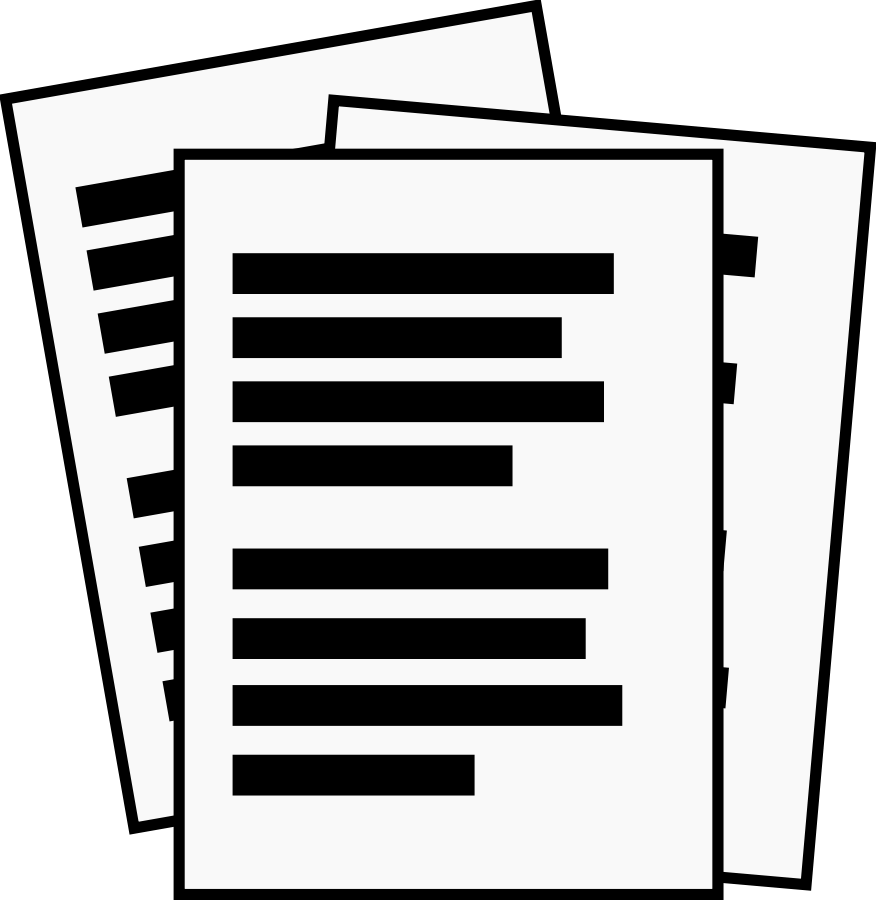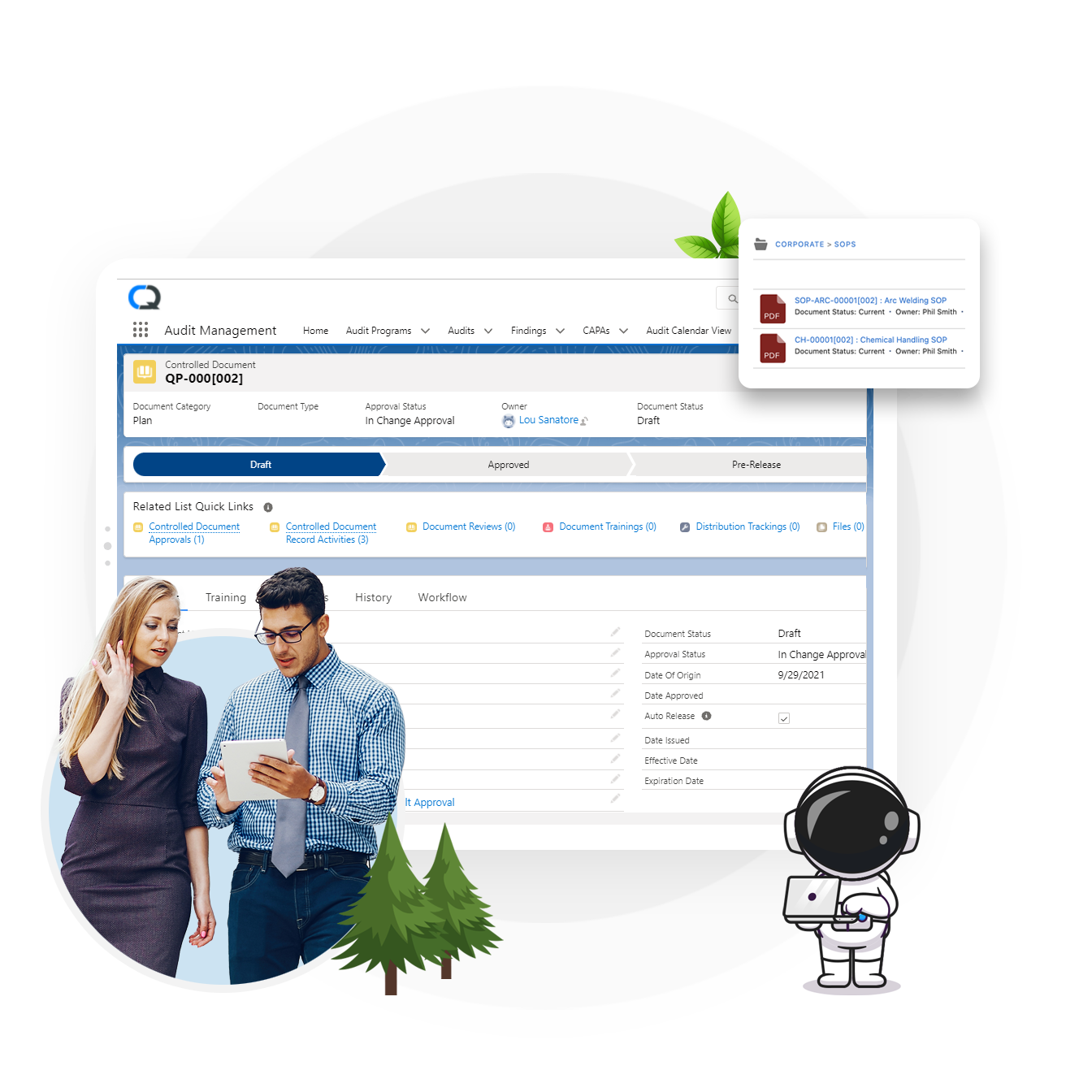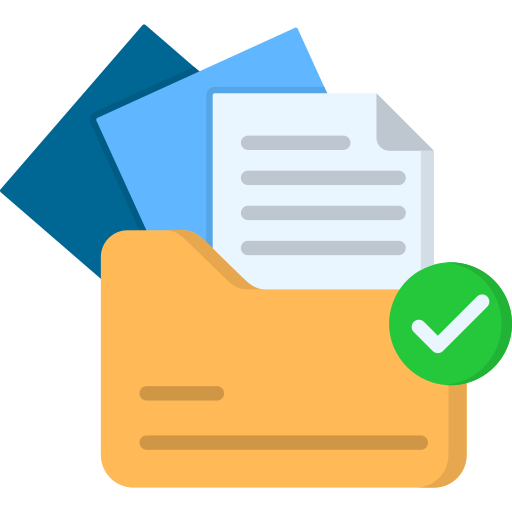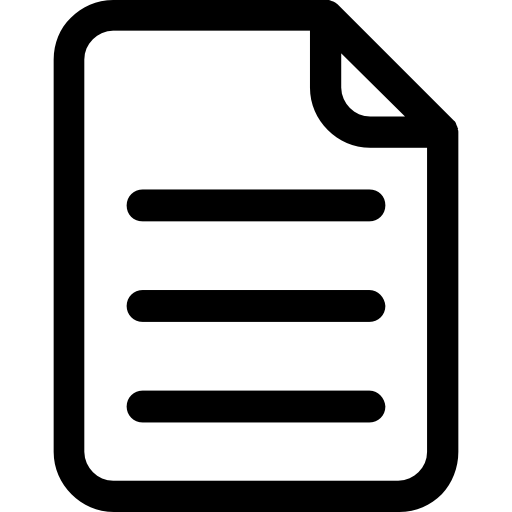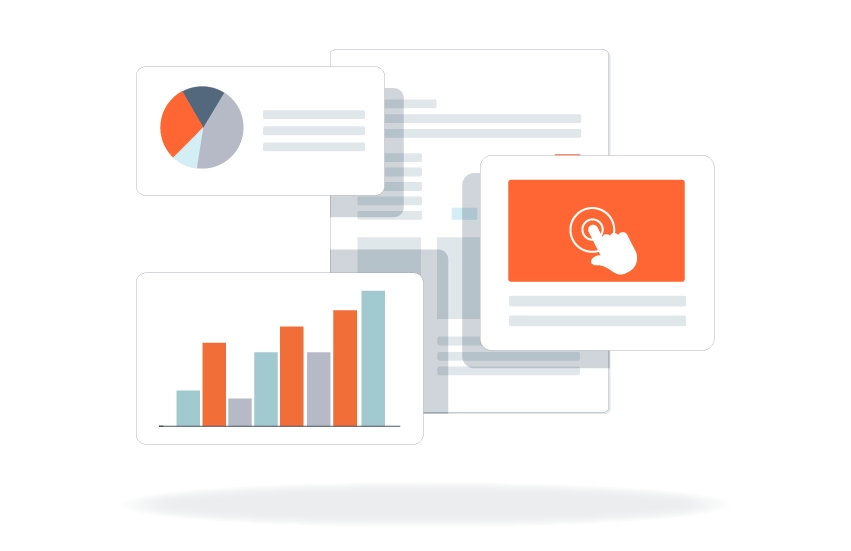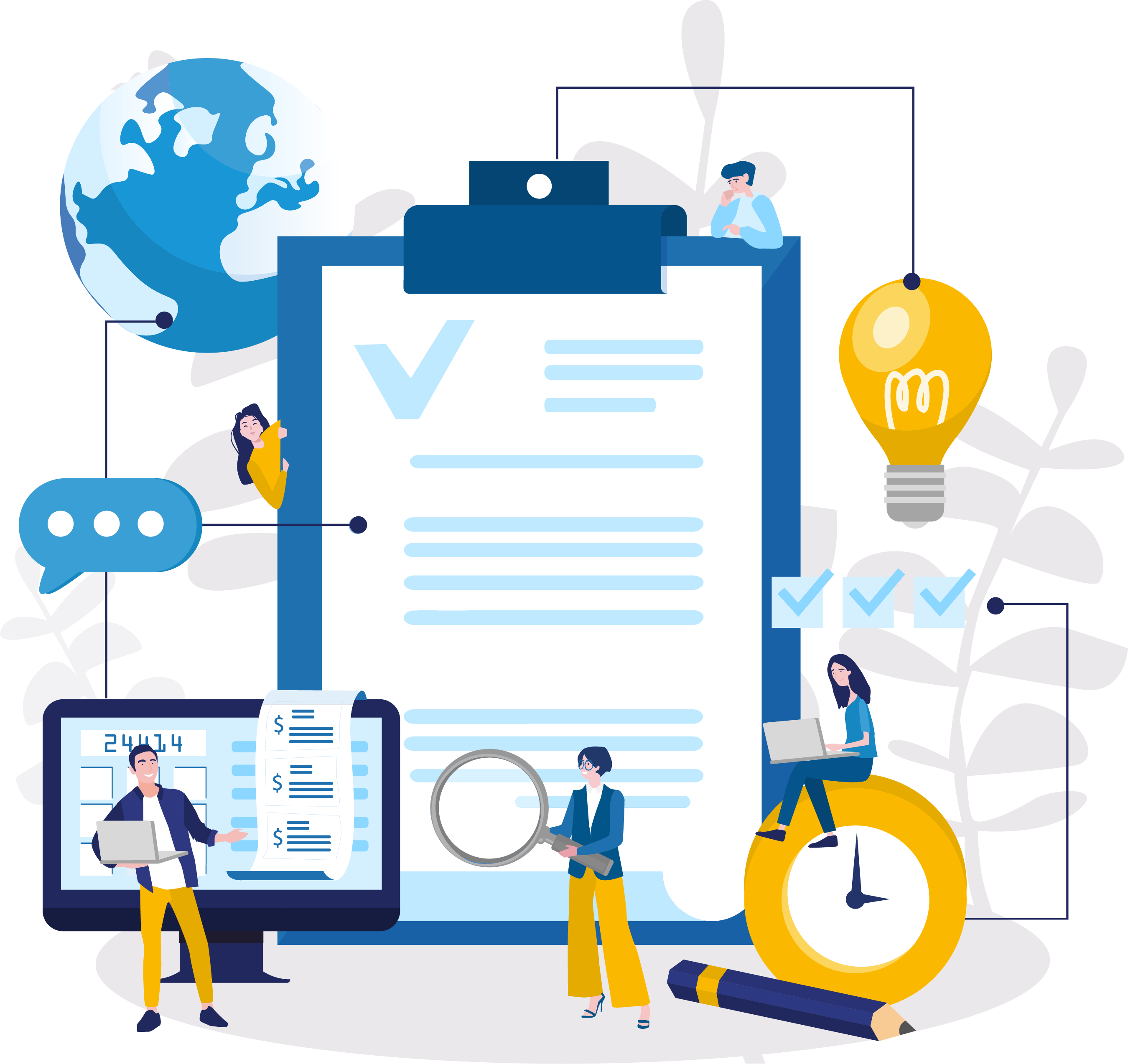Download top and best high-quality free Document PNG Transparent Images backgrounds available in various sizes. To view the full PNG size resolution click on any of the below image thumbnail.
License Info: Creative Commons 4.0 BY-NC
A document is a written, printed, or electronic material that contains information, facts, or data that serves as evidence, proof, or support for a particular matter or purpose. It is a tangible or intangible source of knowledge that communicates ideas, messages, or instructions through text, images, graphs, tables, or any other media format.
Documents are used in various fields, such as business, education, law, science, and research, to name a few. They serve as a vital tool for exchanging information, recording data, and making decisions. Documents can be of different types, including letters, reports, contracts, invoices, presentations, manuals, e-books, and websites, among many others.
The Characteristics of a Document
A document should possess various features to make it effective in serving its purpose. These include:
- Accuracy: The information presented in a document should be factual, reliable, and precise. It should be free from ambiguity, errors, or inconsistencies that can affect its credibility.
- Clarity: The message conveyed in a document should be understandable, straightforward, and concise. It should use appropriate language, tone, and style that match the audience’s needs and expectations.
- Completeness: A document should include all the necessary information, facts, and data relevant to the topic or subject. It should cover all the aspects and elements required to provide a comprehensive and holistic view of the issue.
- Organization: A document should be well-structured and well-organized to enhance its readability and flow. It should have a logical sequence, headings, subheadings, and numbering that help readers navigate through the content.
- Relevance: A document should be related and pertinent to the matter or purpose that it serves. It should focus on the key points and themes that align with the readers’ interests and objectives.
The Advantages of Using Documents
There are many benefits that come with using documents in various fields. Some of these include:
- Communication: Documents provide an efficient means of exchanging information between parties that are far apart or have different schedules. They enable real-time or delayed transmission of data that can be accessed by multiple users at different times and places.
- Recording: Documents serve as records or archives of events, transactions, or activities that can be used for future reference or analysis. They provide a historical perspective and a basis for tracking progress, trends, or patterns over time.
- Analysis: Documents provide a vast amount of data that can be processed, analyzed, or synthesized to derive insights, conclusions, or recommendations. They enable objective and evidence-based decision-making that considers multiple perspectives and sources of information.
- Legal: Documents serve as evidence, proof, or support in legal proceedings, such as contracts, agreements, or deeds. They provide a binding and enforceable record of the parties’ rights and obligations that can be upheld in court.
- Education: Documents serve as learning resources that provide knowledge, skills, and attitudes. They enable self-directed or guided learning that caters to different learning styles and preferences.
The Types of Documents
Documents can be classified into various types based on their purpose, format, content, or medium. Some of the common types include:
- Letters: Formal or informal messages exchanged between individuals or organizations.
- Reports: Documents that provide information, data, or analysis on a specific topic or subject.
- Contracts: Legal documents that define the terms and conditions of an agreement between parties.
- Invoices: Documents that request payment for goods or services provided by a business.
- Presentations: Documents that use audiovisual aids to convey information, ideas, or messages.
- Manuals: Documents that provide instructions, guidelines, or procedures for performing a task or using a product.
- E-books: Electronic documents that provide written, visual, or multimedia content in a digital format.
- Websites: Electronic documents that provide information, services, or products through the internet.
The Future of Documents
With the advent of technology and the digital age, the future of documents is rapidly evolving. The emergence of electronic documents, e-signatures, and cloud-based storage has transformed the way people create, share, and store information. Document management systems and software are becoming more sophisticated and user-friendly, offering advanced features such as collaboration, version control, and automation.
The rise of artificial intelligence, machine learning, and natural language processing is also opening up new opportunities for documents. These technologies enable documents to be analyzed, structured, and automated in ways that enhance their accuracy, speed, and efficiency. They enable personalized and contextualized documents that cater to individual preferences and needs.
a document is a vital tool for exchanging information, recording data, and making decisions. It possesses various features that make it effective in serving its purpose, such as accuracy, clarity, completeness, organization, and relevance. Documents offer many benefits in various fields, such as communication, recording, analysis, legal, and education. They can be of different types, depending on their purpose, format, content, or medium. The future of documents is evolving, driven by technology and innovation, and offers new opportunities for enhancing their effectiveness and usability.
Download Document PNG images transparent gallery
- Document PNG Image
Resolution: 1908 × 1846
Size: 94 KB
Image Format: .png
Download
- Document PNG Images HD
Resolution: 512 × 512
Size: 18 KB
Image Format: .png
Download
- Document PNG Images
Resolution: 512 × 512
Size: 26 KB
Image Format: .png
Download
- Document PNG Photo
Resolution: 1166 × 1155
Size: 93 KB
Image Format: .png
Download
- Document PNG Photos
Resolution: 512 × 512
Size: 18 KB
Image Format: .png
Download
- Document PNG Pic
Resolution: 801 × 531
Size: 222 KB
Image Format: .png
Download
- Document PNG Picture
Resolution: 1200 × 1415
Size: 153 KB
Image Format: .png
Download
- Document PNG
Resolution: 885 × 381
Size: 23 KB
Image Format: .png
Download
- Document Transparent
Resolution: 512 × 512
Size: 39 KB
Image Format: .png
Download
- Document
Resolution: 1024 × 743
Size: 28 KB
Image Format: .webp
Download
- Document Background PNG
Resolution: 870 × 708
Size: 95 KB
Image Format: .png
Download
- Document No Background
Resolution: 876 × 900
Size: 30 KB
Image Format: .png
Download
- Document PNG Background
Resolution: 1344 × 1344
Size: 674 KB
Image Format: .png
Download
- Document PNG Clipart
Resolution: 512 × 512
Size: 20 KB
Image Format: .png
Download
- Document PNG Cutout
Resolution: 512 × 512
Size: 8 KB
Image Format: .png
Download
- Document PNG File
Resolution: 512 × 512
Size: 8 KB
Image Format: .png
Download
- Document PNG Free Image
Resolution: 200 × 200
Size: 4 KB
Image Format: .png
Download
- Document PNG HD Image
Resolution: 851 × 551
Size: 14 KB
Image Format: .webp
Download
- Document PNG Image File
Resolution: 200 × 200
Size: 1 KB
Image Format: .png
Download
- Document PNG Image HD
Resolution: 2699 × 2547
Size: 342 KB
Image Format: .png
Download
